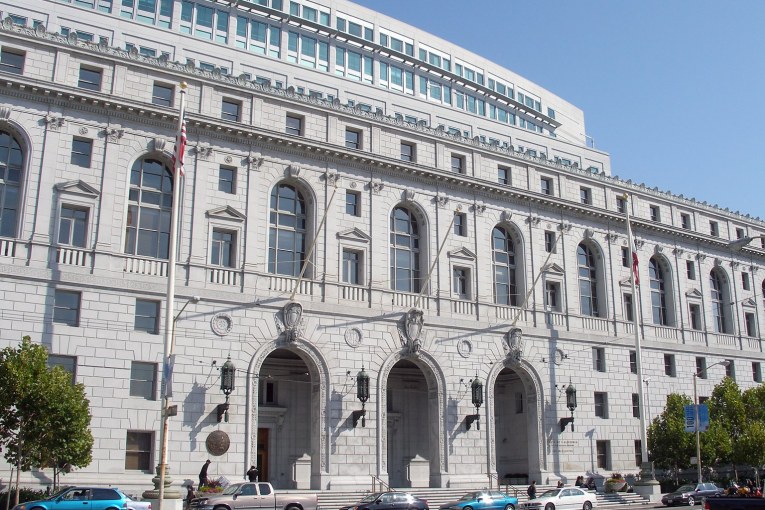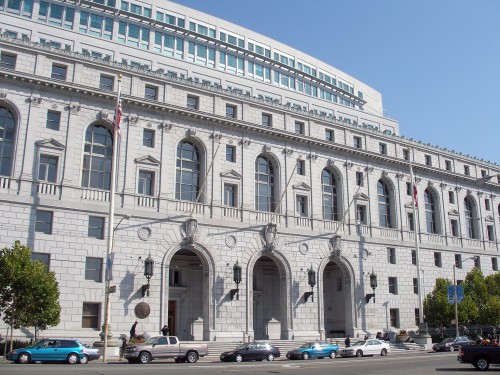

By Daniella Espinoza
SAN FRANCISCO, CA – The California Supreme Court in August ruled that “some special circumstance findings do not automatically preclude accused from SB 1437 relief,” approving an overhaul on the ways in which murder convictions can be limited for those charged with murder as an accessory.
Last week, members of the Felony Murder Elimination Project discussed the landmark Strong case.
The discussion began with a message from Dortell Williams, an incarcerated individual who is known as a “prolific essayist,” has a paralegal certificate, and obtained a BA in communications studies while in a California State Prison.
In his words, the meeting should be seen as a “celebration of a wild and previous law being curtailed.”
He noted, specifically, the celebration of the discontinuance of the felony murder rule which, until 2018, was a “broad law” responsible for mostly people of color to suffer the damages done when the burden of proof for homicides was “lowered to a simple standard.”
To Williams, the new laws put forward are also worth celebrating as they help individuals “under 25 get another shot at maturing in society and not in a cage and the people of color get a slightly fairer chance.”
Williams also noted that the improvements are more than just a legal win. To him, it also means “a reunification of families.”
Following Williams was a presentation by Jennifer Hansen, a deputy state public defender who explained how to understand the ruling as well as ways in which to support those affected by the decision.
According to her, the journey to passage started in 2014 when Strong was convicted of a felony double murder. In 2015, People v. Banks was passed, setting a stricter standard for what constitutes as felony murder criteria.
In 2019, Strong filed for a 1437 petition, however, was denied due to a “quick review [where] nothing happened.” In response, his attorney continued with the appeal process under the argument that Strong did not have a fair case because Banks had not been set at the time.
Following this, the court then decided that a “Banks writ” would need to be tried before the usage of SB 1437, effectively setting more obstacles for an already complex case.
After all of this time, finally in September of 2022, the California Supreme Court decided that the Banks writ action was not necessary, causing Strong’s (and around 200 cases held behind this,) to gain new considerations for further litigation.
Felony Murder Elimination Project also has provided the contact information for various public defender and appellate projects to those that had loved ones affected by the case.
Hansen’s own slides were also provided to the families, highlighting the process of finding details about “cases on appeal held behind Strong” as well as maps of California Courts of Appeal appellate districts.
